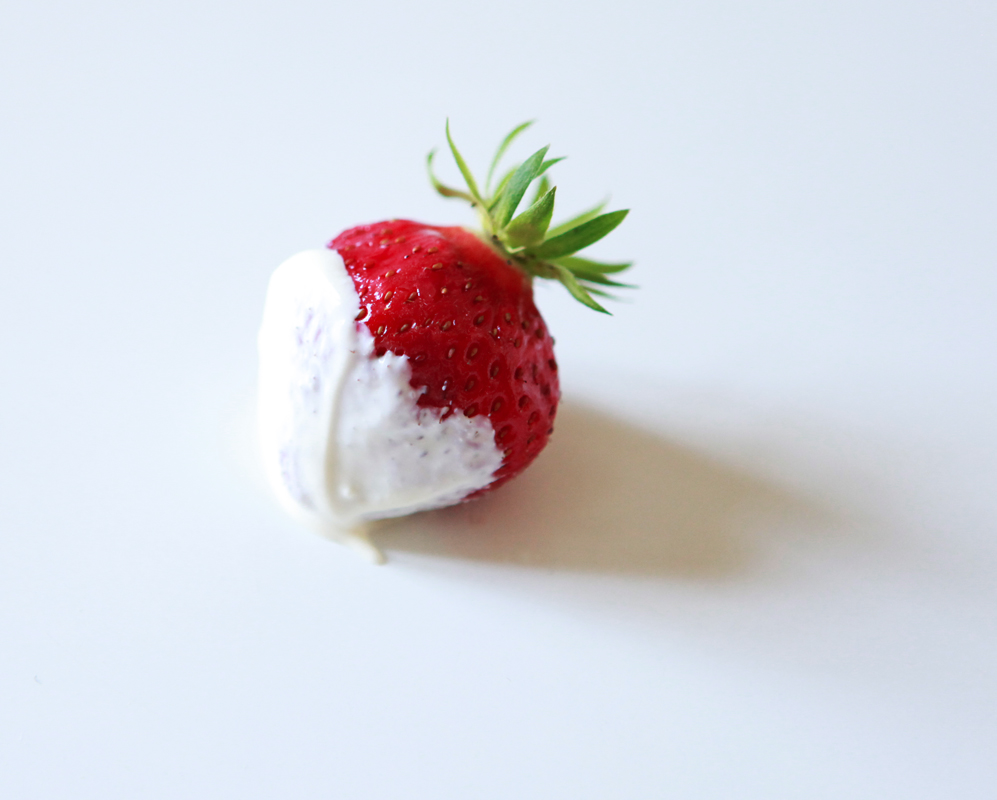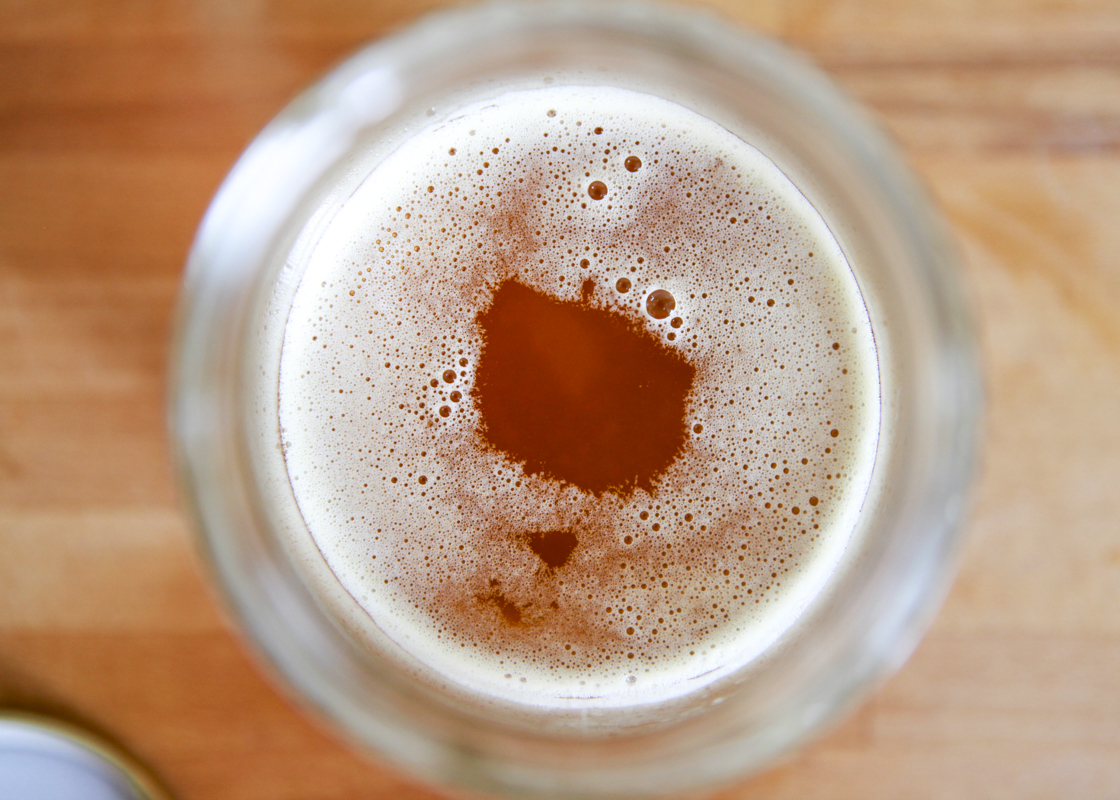Idioms of old illustrate esteem and success through the symbolic use of the fat content of milk: the cream of the crop, the cream always rises to the top, and the ever-shrewd cat who got the cream. If we were to rewrite these idioms according to our current dietary logic their primary symbol would be, and pardon my pun, skimmed if not completely removed. The cat who got the 1% milk or non-dairy substitute.
Fat’s dishonorable reputation has strongly shaped the character of one of our most fundamental foods. So much so that our herder ancestors would be hard-pressed in recognizing our modern “milk” as the same nutritious and transformative food they so highly revered. Once a whole source of macro-nutrients and a stellar source of micro-nutrients, milk has been dismantled–skimmed, pasteurized, homogenized–and, through this process, rendered nutrient-dead and, I would venture, detrimental to our health.
Milk has long been touted for its high content of fat-soluble vitamins A, D, E, and K. In our modernized dairying system, cream, or the fat portion of milk, is partially or fully removed lowering the bio-availability, or how active a nutrient is within our bodies, of those fat-soluble vitamins. When only partially removed, the milk is homogenized, a process that involves the high pressure pumping of pasteurized milk through very small nozzles, so that its fat globules are reduced in size and thus evenly dispersed throughout the milk. The cream never rises to the top with homogenization. The benefits of this process are limited–milk “conveniently” no longer requires the quick dispersing shake it once did–while, from my vantage, the hazards are as manifold as in any processed food. More specifically, I believe homogenization is so detrimental because it requires pasteurization, or the transformation of milk into “milk.”
Milk must be pasteurized either before or during homogenization to to prevent its enzymes from attacking the unprotected fat globules and producing off-flavors (McGee 23). Pasteurization is a process of heating milk at extremely high temperatures for set intervals of time in order to destroy pathogens, or harmful bacteria. In our modern dairying system–where milk is pooled from many different farms, where milk is drawn from often disease-ridden cows–this process is necessary.
However, pasteurization destroys, not only all bacteria, but also, as earlier mentioned, all enzymes. Enzymes are complex forms of protein in our foods that, essentially, help us digest our food, absorb and assimilate nutrients from our food and, indeed, the test for successful pasteurization is the absence of all enzymes.
Pasteurization denatures milk in many other ways, as well: it reduces or destroys many of its vitamins and minerals–thus the fortification, or in more accurate terms inflation, of milk with the synthetic versions of vitamins it once inherently contained; it alters its amino acids lysine and tyrosine making the whole complex of proteins less available; it promotes the rancidity of unsaturated fatty acids; and it destroys the Wulzen or Anti-Stiffness factor. (Fallon 35) There is even evidence that it may render lactose more readily absorbable, thus rendering milk all the more injurous for those with lactose-intolerance.
While many of us can lose our ability to produce the enzyme that facilitates the digestion of milk sugars–lactase and lactose, respectively–as we age, I believe our enjoyment of other dairy foods–cream, butter, ferments like yogurt and cheese–is not only a sustainable choice for those of us living in more Northern climes, but can also be a health-promoting one.
Choosing dairy foods that have been made from milk that is raw, that has been unaltered in all its nutrient-dense glory, is wise. Enjoying one of these foods, namely cream, with the bounty of this sweet season, namely the last of summer’s strawberries, is self-love.
References:
Fallon, Sally, 1999, 2001. Nourishing Traditions. Washington, DC. Newstrends Publishing Inc.
McGee, Harold, 1984, 2004. On Food and Cooking. New York, Scribner.


